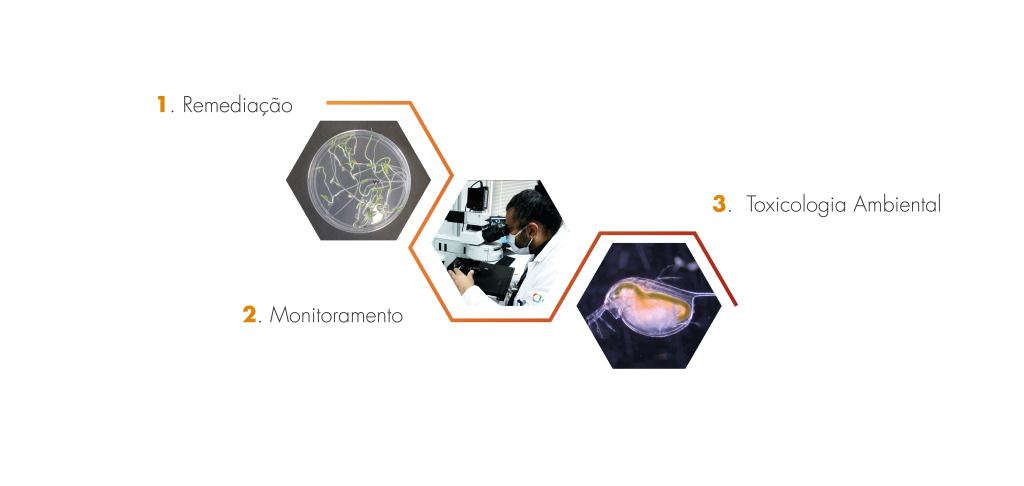Pollution control is a challenge that must be tackled both locally and globally. The growing demand for increased agricultural productivity, forests, food, and water quality is also a major challenge. In both cases, nanostructured materials, biomaterials, and sensors are strategic for applications in environmental remediation and monitoring, since our cities and ecosystems are exposed daily to different types of agents – organic, inorganic, and/or microbiological. Research into ecotoxicity and nanosafety is essential for risk management, avoiding future contamination problems, and mitigating the potential impacts of new materials on human, animal, and environmental health. Such studies generate fundamental scientific knowledge to support decision-makers, innovative companies, industries, and regulatory agencies aiming to commercialize new products and technologies. The use of microscopic, spectroscopic, and biomolecular characterization techniques associated with synchrotron light and data science favors the study and modeling of interactions between materials, toxicants, biosystems, and the environment; a strategic advantage to establish and consolidate CNPEM as a reference in remediation, monitoring, and environmental toxicology towards innovation with safety and sustainability (safe and sustainable by design). How can we develop advanced materials and intelligent sensors for environmental remediation and monitoring? How to produce new materials on a safe and sustainable basis, bearing in mind aspects of manufacture, use, and disposal?

 Projects
Projects
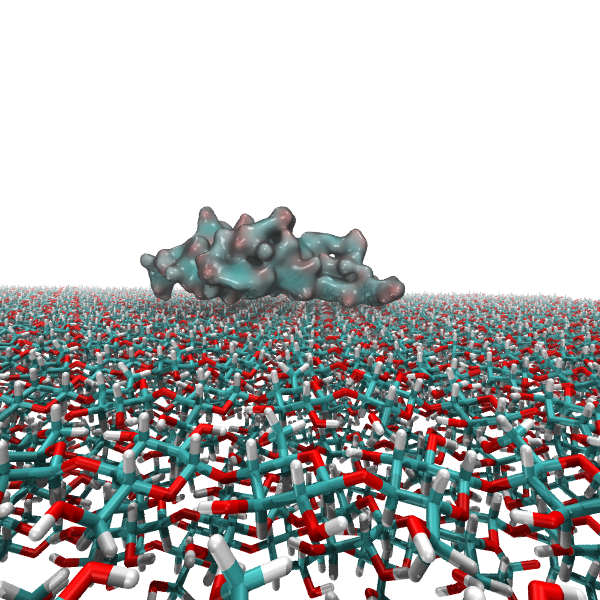
Simulação Computacional
Electronic and structural properties of cellulosic materials.
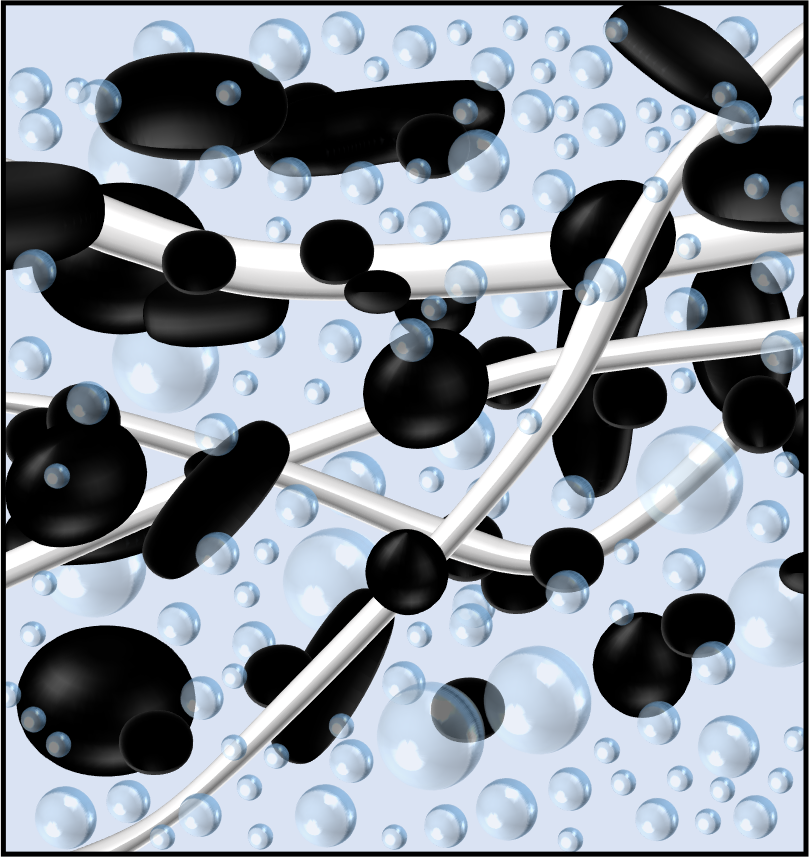
Nanofabricação
Devices made from biorenewable materials for various applications.
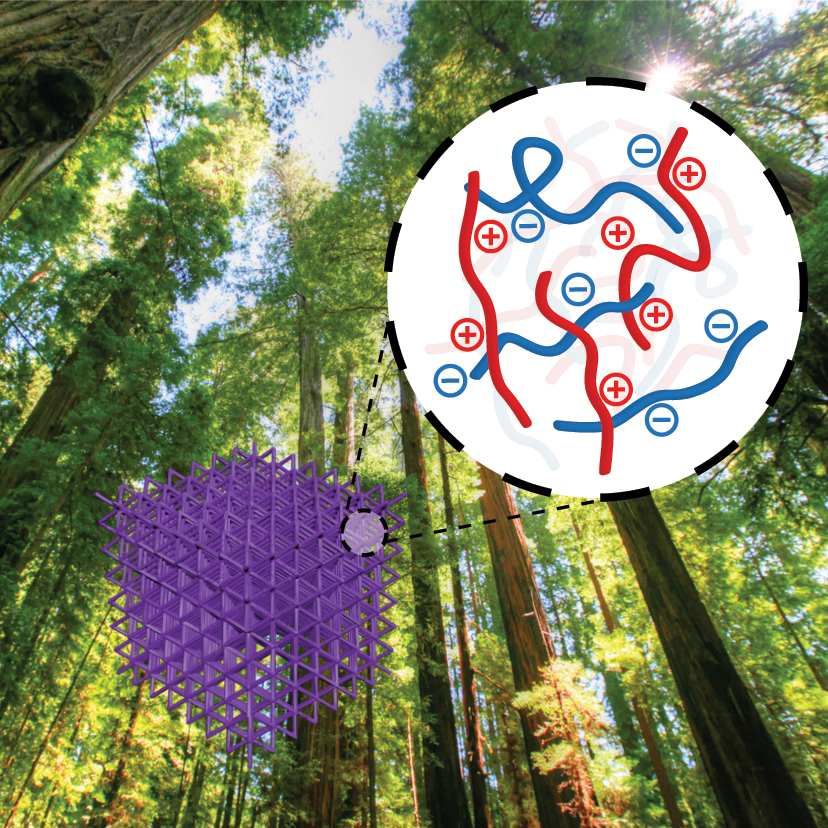
Auto associação supramolecular
Aggregation of nanofibers in colloidal systems to obtain advanced materials.

Remediação ambiental
Hybrid nanocellulose materials for eliminating pollutants
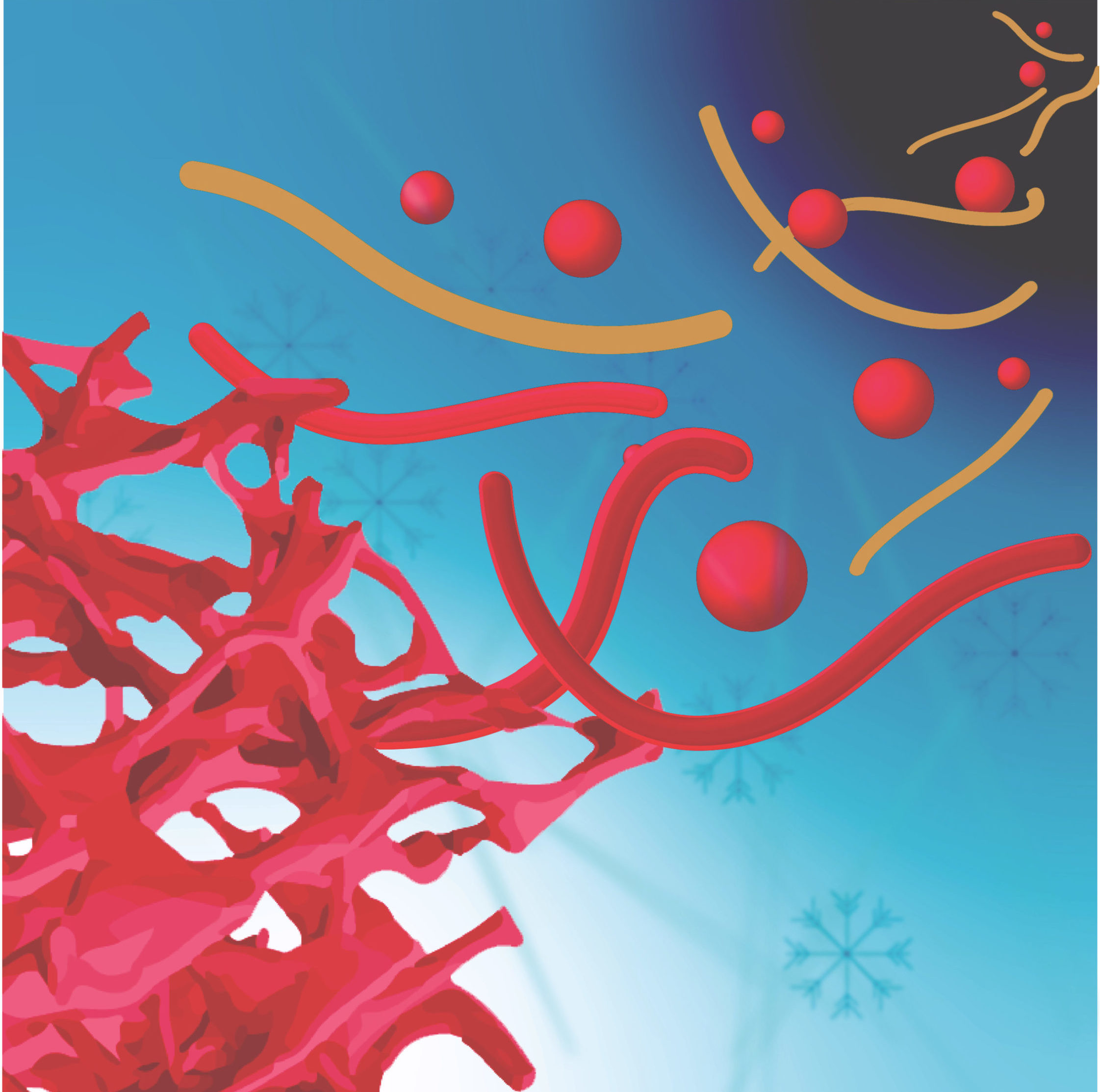
Composites
Polymeric materials based on nanocellulose.
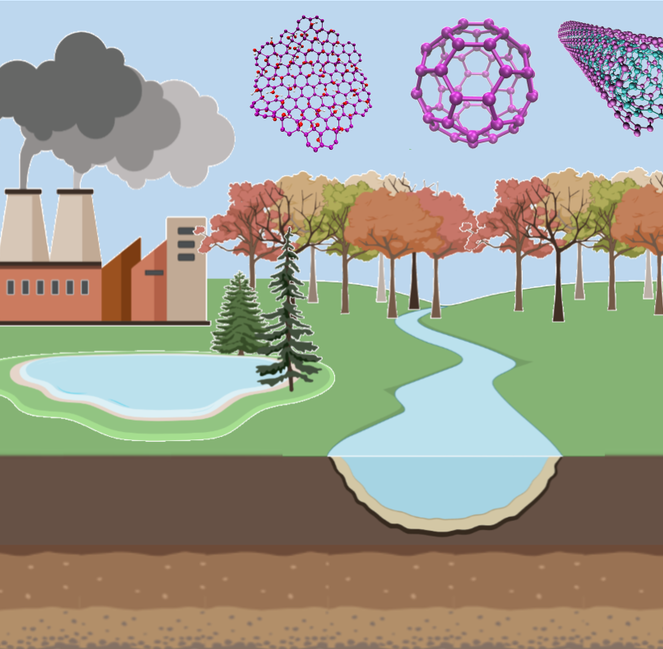
Nanomaterials in the Environment
Transformations, toxicity and nanoinformatics for international harmonization.


